Today is all about animals.
Ever wonder in the middle of deer season if there is an easy way to avoid collisions? Or maybe you wondered how to avoid hitting bunnies after that traumatizing incident one month after getting your license. Concerned about your dog in the back, wondering what would happen in an accident?
Here are a few tips for safe driving with pets and avoiding animal collisions.
4 Tips for Safe Driving with Pets
They are always there for us, so why aren’t we there for them when driving around town or on road trips?
1. Buckle-Up
We see the signs on all of the interstates, but we never think about buckling up our pets.
Like other loose objects, your pet becomes a projectile object in the event of a crash. Which includes a very unfortunate meeting with the windshield.
Properly restrain or contain your pet while driving. This could mean many different methods.
- Installing a dog harness which acts as a seatbelt.
- Using a pet guard in the trunk. While still loose in the trunk of the car, they are more contained. This also works great for animals that do not like staying in one place while driving — a dangerous distraction.
- Car Seat or Pet Carrier. Ideally, these would be placed on the ground.
- Backseat Pet Barriers. While not offering a restraint, they do safely keep your pets in the back seat out of the car.
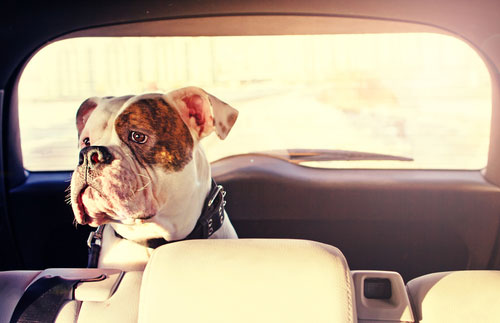
2. Keeping All Parts Inside the Vehicle at All Times
Another thing we were taught as children, but never apply to our beloved pets.
While we can see the joy in a dog’s eyes when their heads are out the window driving down the road, it’s not the safest habit. While bugs and road grit in their eyes is just annoying, flying object off the road can be deadly.
It’s best to keep all arms and legs in the car at all times.
3. Stop Leaving Pets in the Truck Bed
Another thing that our pets seem to love that isn’t all that safe.
Why?
For starters, they can easily jump or fall out the back of a moving truck — something that doesn’t feel great or ends well for anyone. The solution? Tying them up or securing them.
However, that’s not safe either. If the tie is too long, they can become tangled and harm themselves either by suffocation or by wrapping the line too tight. If it’s too short, they cannot move out of the hot sun or off the hot truck bed.
Safely driving with pets means driving with them in the car.
4. Never Leave Your Pet Unattended
When traveling with your pet, never leave them unattended — especially in hot cars.
Not only is it illegal, but it’s also hazardous. Additionally, there are plenty of things that can get your pet in trouble when you aren’t paying attention. From getting wrapped in seat belts to eating things they shouldn’t, it’s best to keep an eye on your pet for their safety and your peace of mind.
Once you have the animals inside of your car secure, it’s time to focus on the animals outside.
3 Tips for Avoiding Animal Collisions
From deer to elk to rabbits, no matter the size, cause accidents not only from impacts but from vehicles swerving into oncoming traffic lanes. Here’s a how-to appropriately handle an animal collision while driving.
1. Stay Alert
While historically unpredictable (you’ve seen that squirrel change directions ten times), there are times and places where you can expect animals to be. In those instances, stay alert!
- Dawn and Dusk. Animals are most active at dawn and dusk — which means you need to be a high alert.
- Wooded Areas. Animals prefer trees to buildings. Because of this, expect them in wooded areas. Many of these areas have posted “Deer Warning” signs to warn drivers of just that.
- Blind Turns and Curves. Just what you need right? A deer standing in a blind curve. But, for some reason, they enjoy surprising drivers where you least expect them.
- When You See One, Expect More. Most animals travel in packs. When you see just one, expect more nearby.
2. Stay in Your Lane
Swerving is never a good idea. If a collision is inevitable, put on the brakes — but stay in your lane.
Entering on-coming traffic often leads to more severe crashes. From car-on-car collisions to your car going off the side of the road, it’s best to stay in your lane. Brake aggressively if possible (if not closely followed by another vehicle) and brace for impact.
3. Encourage the Animal to Move Along Quickly
While not a guarantee, sometimes you can encourage the animal to move out of the roadway a bit faster.
Say the animal is entering from the right side of the road. If possible, safely move your car to the right side of the roadway, in hopes that will encourage the animal to move on. Unfortunately, when an animal enters from the left, swerving to the opposite side of the road is not an option.
Because most animals are a flight on the fight or flight scale, if you can move so that you are coming from behind them, they are encouraged to run faster across the roadway. Many animals stall when trying to decipher which way the threat is coming from.
Driving with animals and around animals comes with its own set of issues. But, it doesn’t have to be hard. Following these tips for safe driving with pets keeps your beloved animals safe and following tips to avoid animal collisions keeps you safe.

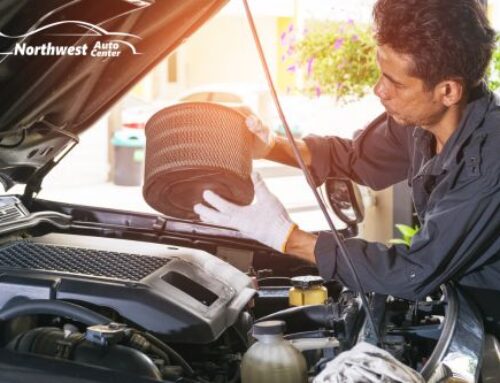
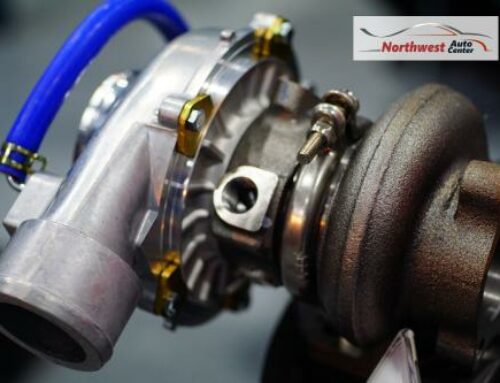
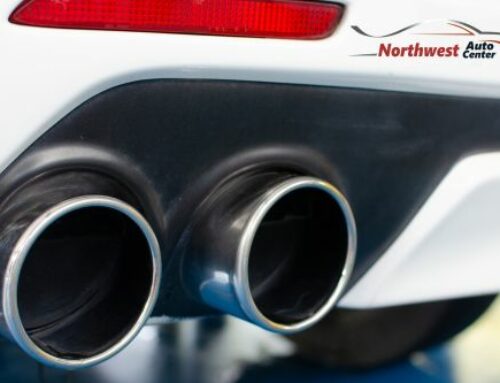

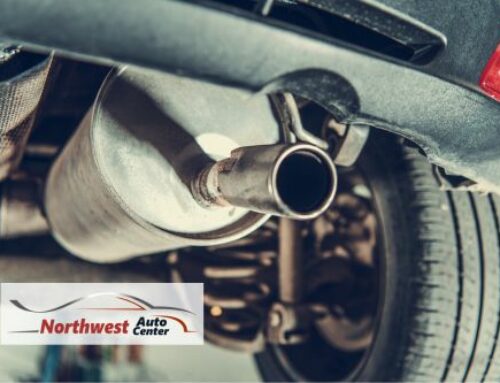
Leave A Comment
You must be logged in to post a comment.